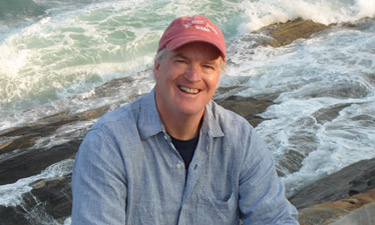
Our cover story this month explores the impact on parks and recreation from changing ethnic and racial demographic forces reflected in the 2010 census. We took our cue from a succinct but powerful report on trends affecting our field by Emilyn Sheffield of California State University, Chico, earlier this year for the NRPA board of directors (Parks & Recreation, July 2012). If you want to know where to go, you need to know where you are and where you’ve been—a premise well illustrated by Professor Sheffield.
Shortly after the United States entered the 21st century, its population broke through the 300 million population mark. Most of the population gains came from people of racially and ethnically diverse backgrounds, Professor Sheffield explains. And within the lifetimes of many of our readers, the population will top 400 million, with 50 percent of the population represented by racially and ethnically diverse backgrounds. (In fact, that’s already occurred in several U.S. municipalities.) Depending on your historical perspective, the United States became diverse 40 years ago, 100 years ago, or even 150 years ago, if you think in terms of the successive waves of immigration that have shaped our society. Nothing new there. What continues to change, though, are the shifting diverse sub-populations, which are having considerable impact on park and recreation agencies. Youth football, for example, may be on the wane in Brooklyn, but the demand for cricket from new arrivals is soaring. Under-utilized ball fields are giving way to soccer fields for avid Hispanic participants and their families and friends who make all-day events out of matches.
Author Andrea Lynn interviewed directors of some of the most progressive agencies in the country and found that even they stumble now and then, though they learn from experience and prosper. Audree Jones-Taylor relates how in Oakland, California, her diverse staff first had to master and appreciate certain programs and activities before they could successfully introduce them to their users. Once her staff engaged in hiking and swimming, the enthusiasm flowed on to their kids. In Seattle, park and recreation staff with specific language skills went door to door assessing interests, needs, and priorities of minority community members. They not only learned about unexpected demand for specific activities; they also learned much about their potential customers and their lifestyles.
These are outcomes that could only be achieved by anticipating and understanding the needs of their communities. Because of their comprehensive reach into nearly every sector of community life—from leisure, education, and health to conservation and youth development—all parks cannot help but be at the forefront of demographic changes. As our cover story demonstrates, the parks successfully meeting this challenge are the ones proactively embracing it head-on.
And when they make the most of it, good communities become great communities. In the words of Boston Mayor Thomas Menino, “Diversity gives our city a competitive edge.”

